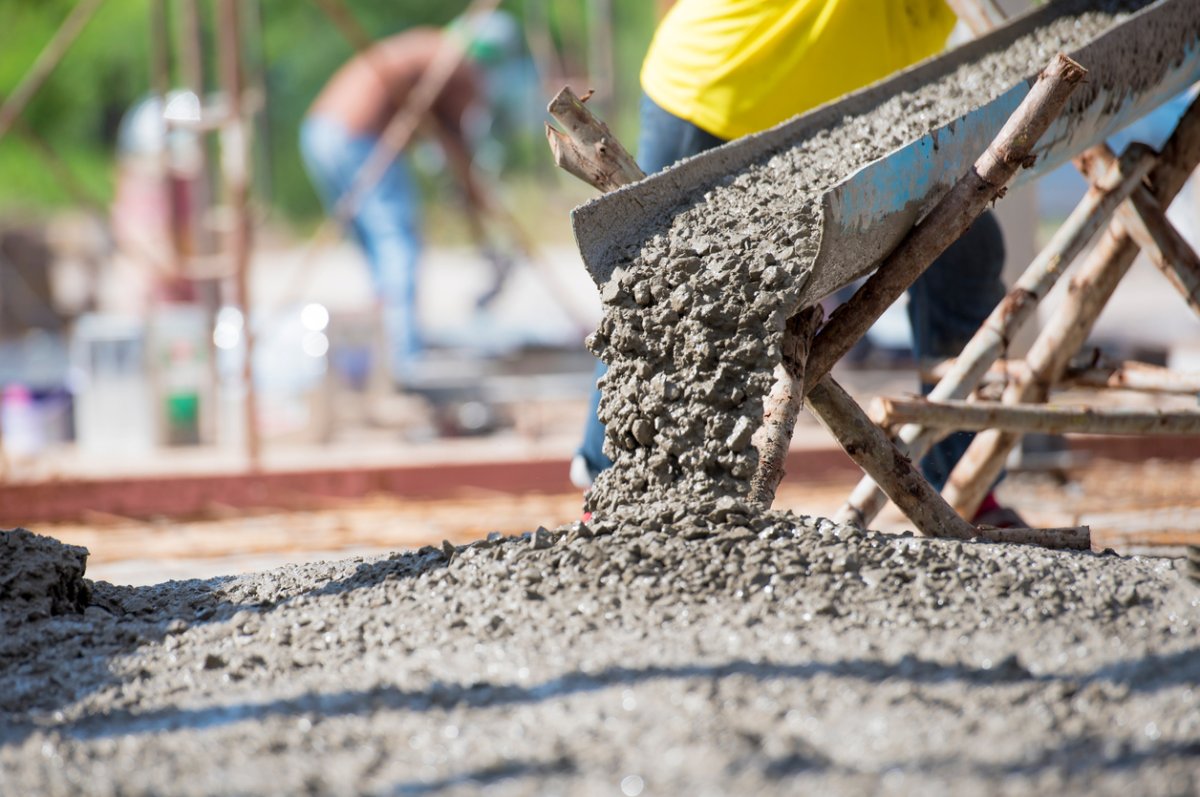We may earn revenue from the products available on this page and participate in affiliate programs. Learn More ›
Poured concrete is a viscous solution that can take up to 48 hours to properly set. During the setting time, the concrete needs to be contained in a concrete form. Concrete forms or formwork are the supporting materials or molds that are used when working with concrete. They also determine the final shape of the concrete, because liquid takes on the shape of its container.
However, not just any material can be used as a concrete form, as formwork needs to be able to hold the concrete’s weight and shape. For the formwork to be useful, it should have strong joints to prevent leaks, a rigid structure so that it doesn’t bend or break under the weight of the concrete, and it should also be able to be used with horizontal and vertical bracing. Keep reading for more details and important information about how to use concrete forms.
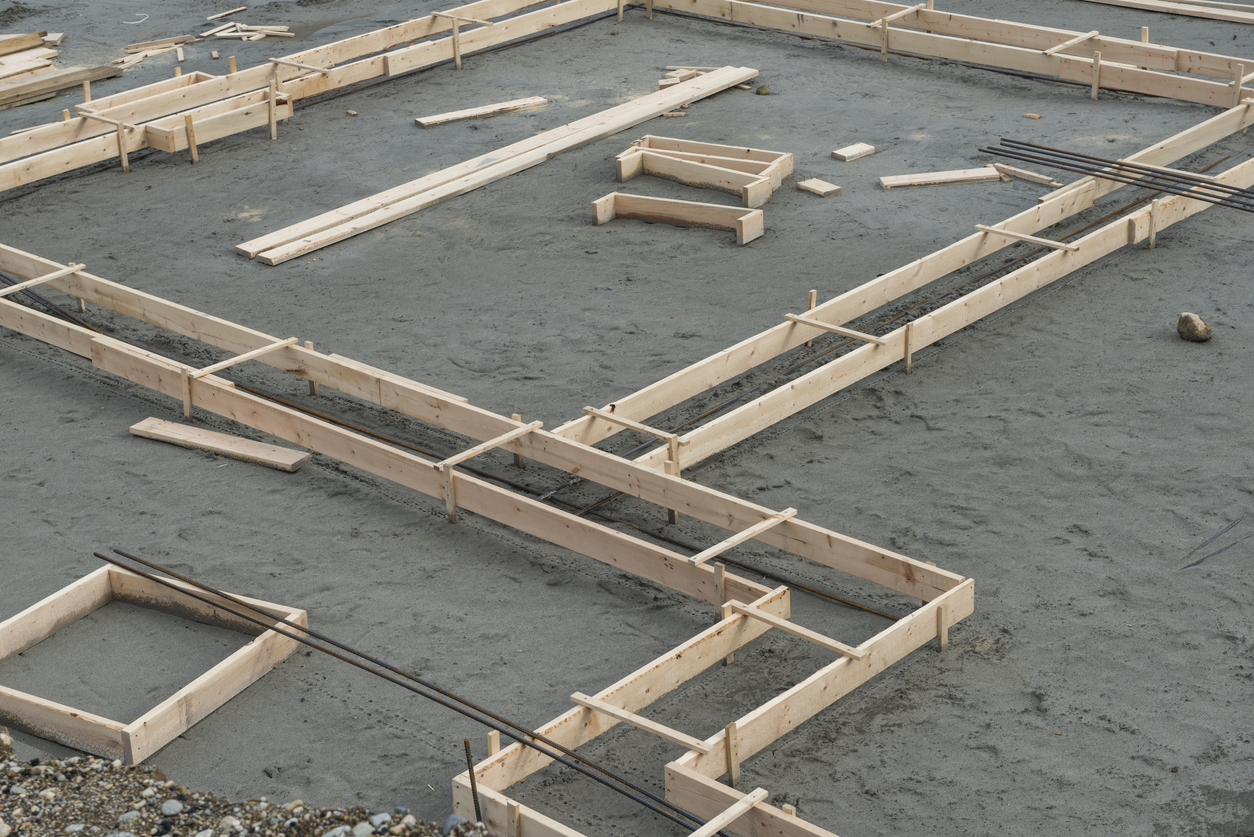
1. Concrete forms are necessary to ensure that the concrete sets properly during a construction project.
Concrete is used regularly in construction projects. For example, it can be poured to create supports for a fence or gate or as a foundation for a new shed. However, when concrete is initially mixed, it isn’t a stiff compound that will hold a shape without help. It is a thick, viscous liquid that is difficult to mix, and it’s hard to manage without using concrete forms.
A concrete form or formwork is a support or mold that the concrete is poured into. Temporary or permanent, the formwork is built into the shape that the user wants the concrete to take when the liquid concrete begins to dry.
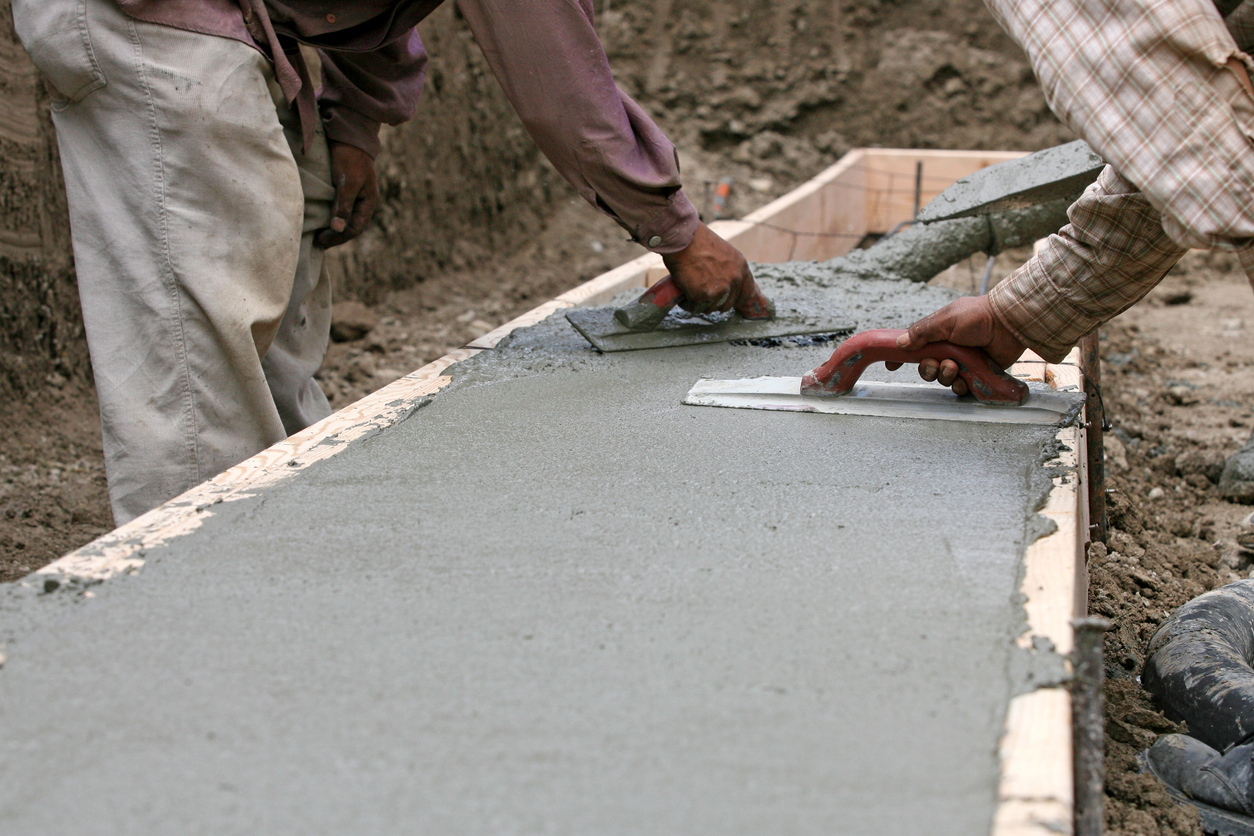
2. Timber is the most commonly used material for formwork.
There are several different materials that are used to make formwork, but the most commonly used material is timber. This is because timber is cost-effective, lightweight, durable, and flexible, allowing the concrete to shift while it sets without pieces breaking off or putting strain on the formwork.
For the best results, invest in timber formwork that is easy to work with, lightweight, and dried thoroughly. Also, make sure the timber doesn’t have any loose knots that could pop out and allow the wet concrete to seep through the hole. While there is the chance that wood formwork will warp if it absorbs the water from the concrete, this effect can be limited by treating the timber forms with a sealant.
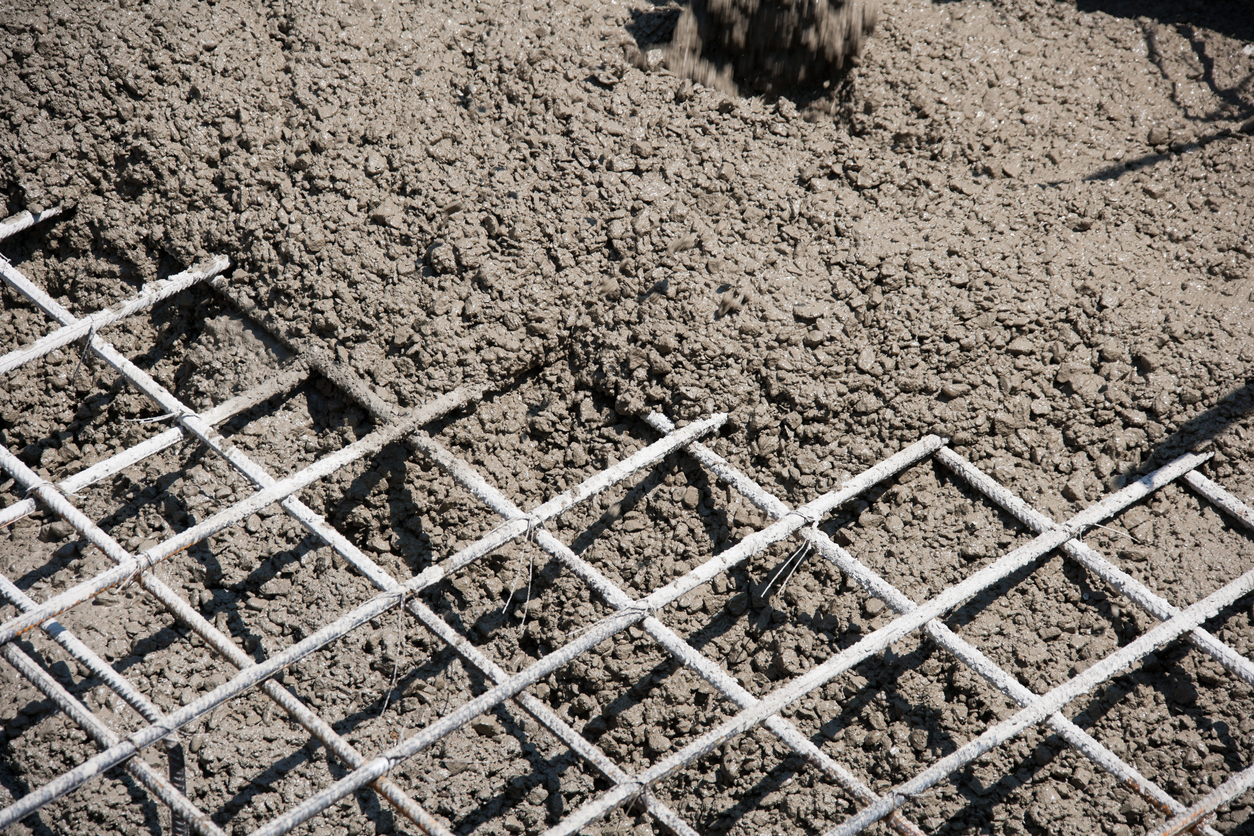
3. While timber is most common, there are other materials that are used for concrete forms, including steel, plywood, and fiberglass.
In addition to timber, there are a few other common materials used to make concrete forms. Steel is regularly used in heavy civil construction to create thin steel plates, which can be held together with clamps or with fasteners to support broad concrete projects. This durable material is more expensive than timber, but it’s also stronger and can be reused or sold.
Another type of material used to make formwork is resin-bonded plywood. These sheets of plywood will typically be attached to timber frames to create large, inexpensive concrete forms. However, plywood is less durable and rarely reusable. Fiberglass concrete forms are best for projects with curved surfaces, though they are expensive and often need to be custom ordered.
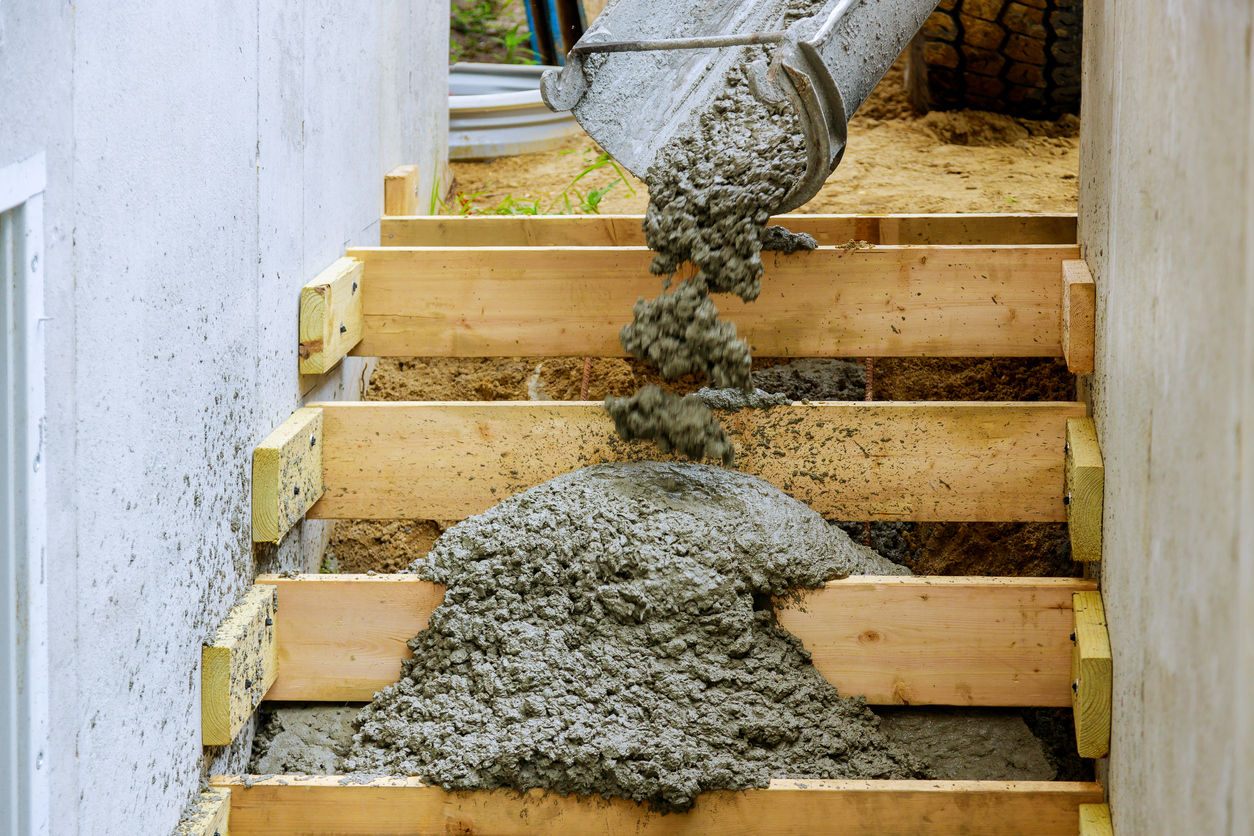
4. A good concrete formwork needs to be both strong and lightweight with a rigid construct that retains its shape under stress.
In order for a concrete formwork to be suitable for a construction project, it needs to be strong enough to hold the weight of the concrete without slipping, cracking, or bending. Any significant damage to the formwork will allow the concrete to pour out, or it may just ruin the intended shape if the concrete is partially cured.
However, the concrete forms also can be made with a lightweight material that are used without significant physical effort on the part of the user. Timber and plywood are great examples of material that is strong, flexible, and relatively lightweight, yet rigid enough that the concrete forms will keep the same shape, allowing the concrete to set in the desired form.
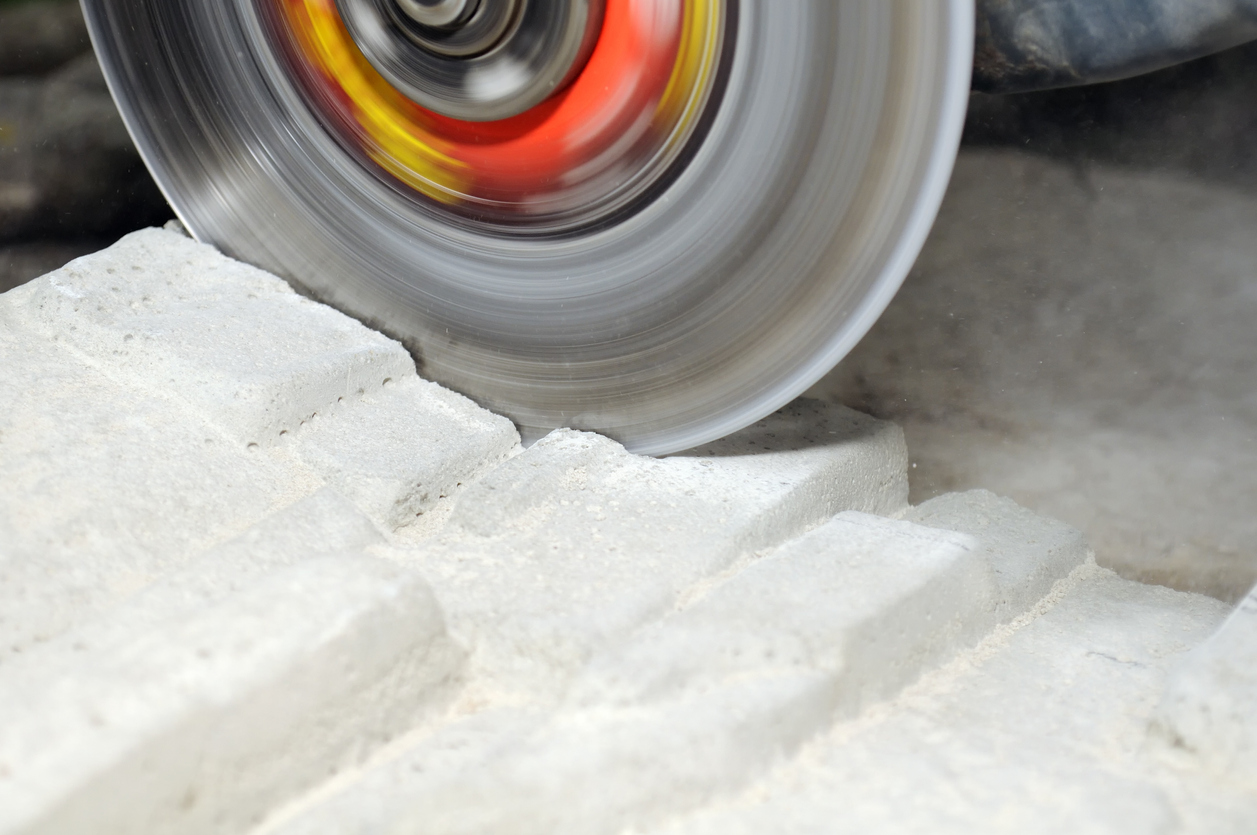
5. Concrete forms are necessary to create high-quality concrete, but with careful planning, measuring, and cutting, users can save on the overall cost of formwork.
Many people either don’t know about concrete forms or they don’t want to have to pay for timber or plywood to set up formwork because the extra cost is too high. Unfortunately, without the use of formwork, it’s all too easy for construction projects to go awry, leaving the concrete slab for the new shed or workshop uneven and difficult to use as support. So, while it’s a bad idea to go without concrete forms, there are ways that can help save on the cost of these materials.
Plan out the project carefully so that pieces of the formwork can be reused for multiple sections and it’s also a good idea to limit the number of slender sections to avoid wasting small pieces of timber or plywood. By reducing the number of cuts that need to be made in the concrete forms, there is less timber or plywood needed in total. However, users should keep in mind that while formwork typically costs about $1.10 per square foot of the concrete area, a rounded or contoured framework is generally more expensive.
Related: How To: Cut Concrete
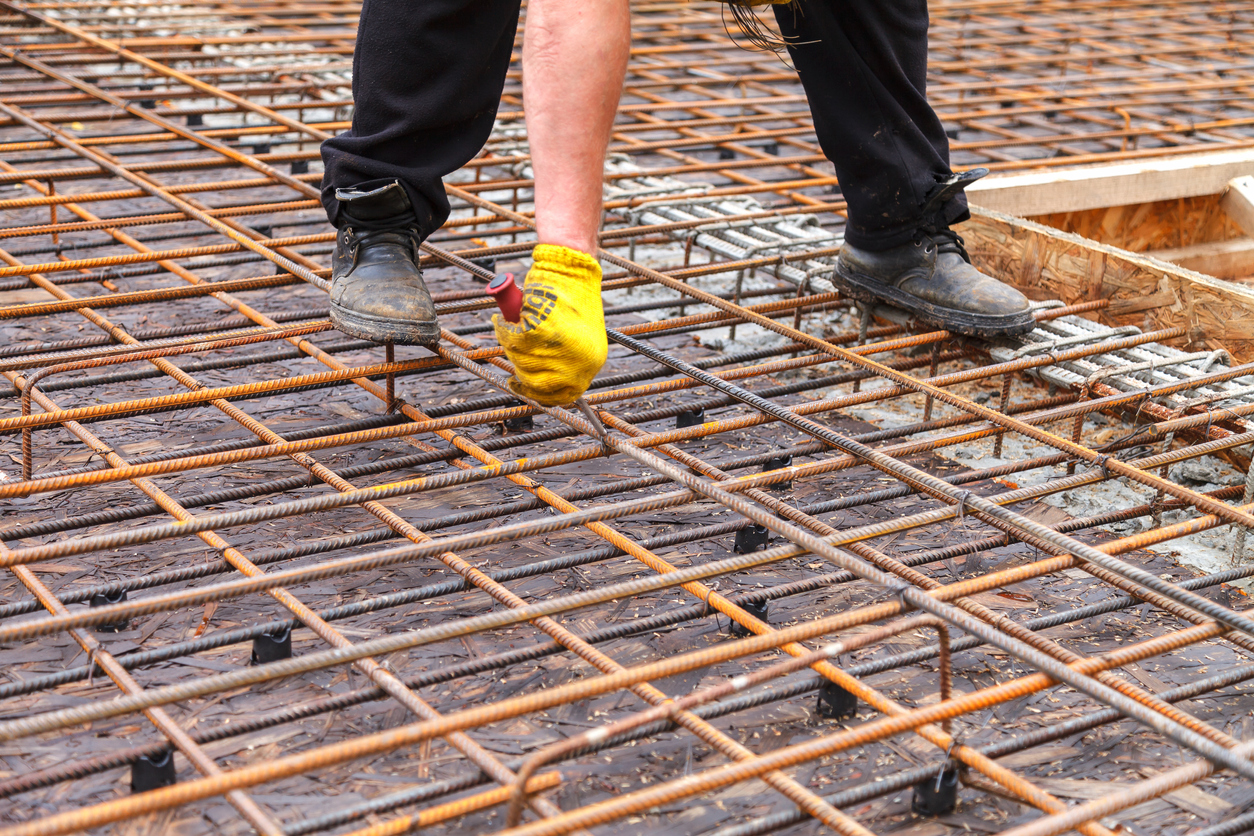
6. One of the benefits of using steel is the long-lasting durability that allows it to be reused and even resold to help save on the cost of the project.
The initial cost and skill required to make steel concrete forms are higher than what’s needed for timber or plywood. Due to the impressive strength, durability, and resilience of steel, the steel concrete forms can be used on multiple projects without damage. For companies or independent professionals that regularly work with concrete, this is a way to cut costs on a project.
DIYers also can benefit from the long-lasting strength and flexibility of steel concrete forms by using this formwork on more than one project. If the steel formwork is just sitting in storage in the garage, consider selling it to another avid DIYer. A professional also may be interested in a bargain price for used concrete forms to help reduce the total cost of a project.
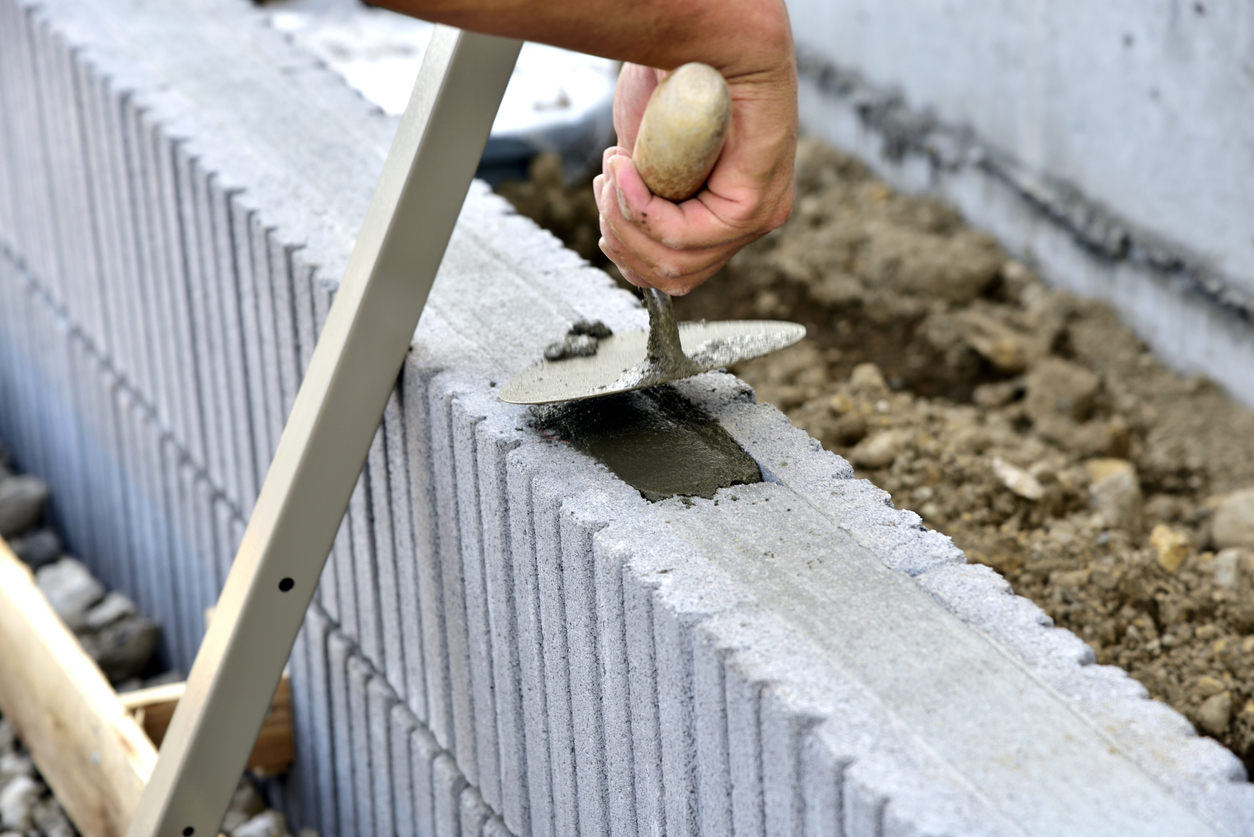
7. Formwork helps to ensure that the concrete sets properly, so it’s necessary for a range of projects including building a fence, installing a gate, pouring a foundation, and constructing a home.
There are many different construction projects that utilize concrete and most of them require some type of formwork to ensure that the concrete sets according to plan. Goals can range from making a few simple steps to lead up to the porch to pouring a complex foundation to make insulating concrete forms for the home. Insulating concrete forms are essentially concrete walls that are poured between two layers of insulating material to create a strong and insulated foundation.
Other common uses for concrete forms include pouring a simple concrete slab to act as the foundation for a shed or workshop, securing the posts of a fence or a gate in the ground with a concrete base, or making simple paving stones for the yard with a shallow formwork mold.
Related: How To: Repair Concrete Steps

